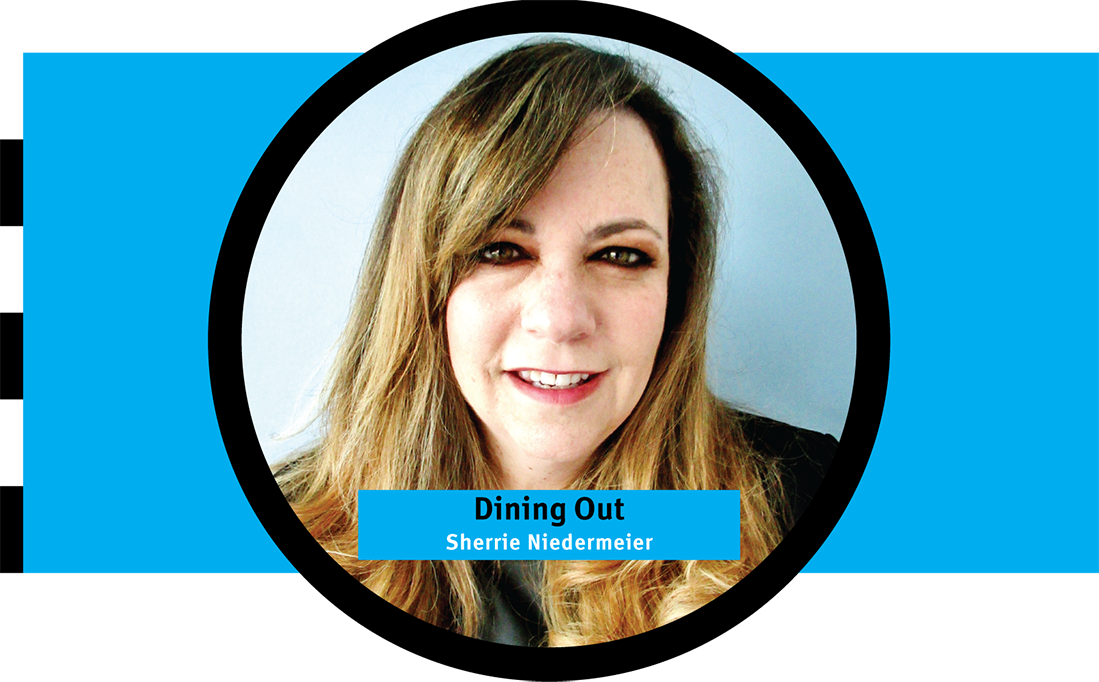Here are the ingredients in the cottage cheese I eat: cultured skim milk, cream, salt.
Here are the ingredients in the store brand cottage cheese I used to eat: cultured skim milk, cultured cream, whey, salt, potassium chloride, citric acid, carrageenan, guar gum, locust bean gum, cultured dextrose, sorbic acid (to maintain freshness), natural flavors, enzymes.
Being curious about the many unknown words in that second ingredient list, I randomly chose one to research, guar gum. According to WebMD, guar gum is used for constipation, diarrhea, irritable bowel syndrome, high cholesterol, and high blood pressure. The website goes on to list side effects, precautions, interactions, and proper dosing of this product.
My research says guar gum is used as a thickening agent and to prevent food product from separating. That’s interesting, but why would I want to eat it in my cottage cheese if I don’t have to?
I started to ask such questions — not to mention to read labels and switch brands — after learning about Mark Hyman, M.D. He is a sixty-four-year-old functional medicine practitioner with a great interest in nutrition. He has more podcasts, YouTube videos, and books in print than one would think possible for a mere mortal. I learned about his work from a friend, who learned about it from her husband’s oncologist.

One of his common themes is the importance of eating real food as compared to processed foods, which he calls food-like-substances. When it comes to highly processed foods, he is harsher still. He calls those products “science projects” It is his opinion that the vast majority of foods in the grocery store are not real foods — store brand cottage cheese included. To be healthy, we need to steer clear of them.
Mark Hyman argues that even though we have great drugs for diabetes, high blood pressure, cholesterol, anxiety and depression, etc., the number of people being diagnosed with these illnesses — and using these drugs — grows annually. These drugs control the symptoms without getting at the root cause to find a cure. He says the root cause is inflammation in our gut microbiome and in our brain. Indeed, he says our brains are on fire thanks in large part to the food-like substances and science projects we eat. His cure is to change what we put on the end of our forks.
I’ll give you his very easy starting point for better nutrition and health in a moment, but first, let’s check out his opinion. To do so, I look to the Mayo Clinic. On this topic they mention that highly processed foods are blamed for the national rise in obesity, high blood pressure, and diabetes. They categorize food into five levels of processing from minimal to high and encourage us to stick to items in the top of the list.
• Fresh fruits, cut vegetables, and roasted nuts are fine. They are not processed at all or they are processed minimally for our convenience like a cutup cantaloupe.
• Some foods are processed at their peak to lock in their nutrients such as canned tuna, or frozen or canned fruits and vegetables. In these products, the ingredient labels will be very brief, such as: “green beans, water, and salt.”
• Some foods have added ingredients for flavor or texture, such as sweeteners, spices, or oils. These include a vast array of products such as pasta sauce, salad dressings, yogurt, and cake mixes.
• Crackers, chips, and deli meat and other ready-to-eat foods are even more heavily processed.
• And the most heavily processed foods include sweetened breakfast cereals, energy drinks, artificially flavored crackers, chicken nuggets, and hotdogs.
Categories four and five are a bit confusing, so a more specific definition of highly processed foods comes to us from FoodIndustry.com. Such “junk foods” are foods made from more than five ingredients that are filled with sugars, oils, fats, salt, anti-oxidants, stabilizers, and preservatives. (And speaking of sweeteners, there are more than 250 names for “sugar,” so more than one may be in a given product.)
The bottom line for the Mayo Clinic is that we need to read food labels and then avoid a whole list of things like additives, preservatives, food dyes, etc. Mark Hyman has an easier rule of thumb: If the product is made by God, eat it. If it is made in a factory, don’t.
While it would be challenging to cut out all “factory made” foods, I suggest a very easy starting point for eating better, for less inflammation, and for better health. Yes, you’ll still need to read labels, but you are just looking for two ingredients to avoid at all cost — high fructose corn syrup and partially hydrogenated oils.
Mark Hyman tells a story about when his son was a teenager and complained there was nothing good in the house to eat when his friends came over. Father and son trotted off to the grocery store together. The son could buy anything he wanted as long as the product contained neither of those ingredients. The son was shocked by how many items were off limits.
FoodIndustry.com would not be shocked. They estimate that highly processed foods make up more than sixty percent of the calories Americans eat. This means the majority of “food” found in a grocery store is either a food-like substance or an out and out science project.
What an eyeopener! And certainly, a lot of food for thought.





